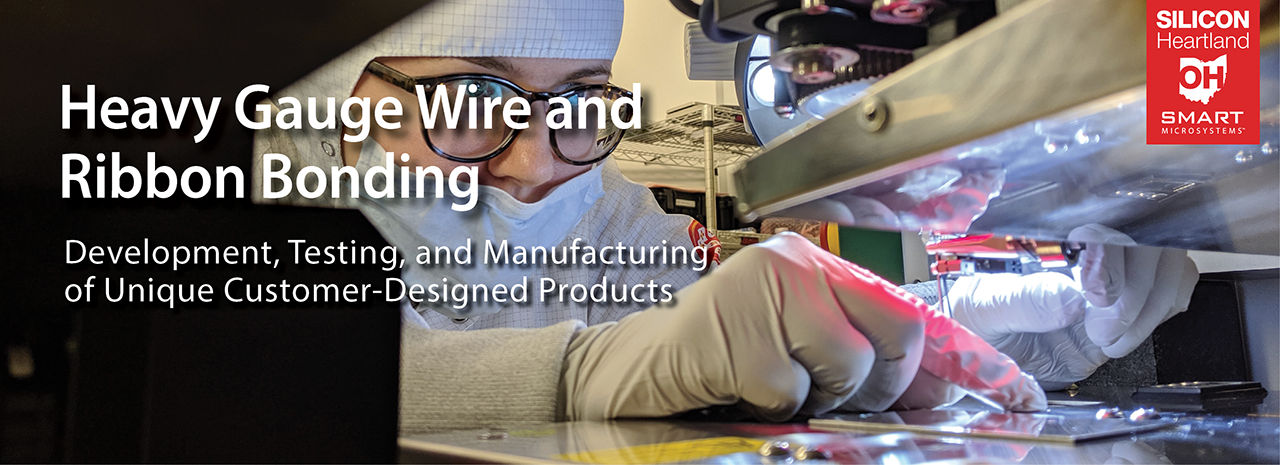Wire bonding is a commonly used process to create low-cost and reliable electrical interconnects between semiconductor components and mechanical assemblies. Wire bonding is generally considered the most cost-effective and flexible interconnect technology for microelectronic assembly. It is used to manufacture the vast majority of fully packaged semiconductor products.






